Prologue: The Garbage Man Killer
He smiled at neighbors.
Took out his trash on time.
Worked for decades as a garbage collector in Kansas City, Missouri.
He had a wife. Children. A church community.
But beneath the mask of normalcy was a monster.
Lorenzo Jerome Gilyard Jr. is one of the most prolific serial killers in U.S. history, convicted of killing six women and suspected in at least thirteen more, most of them Black sex workers or vulnerable women.
He murdered for over two decades—from 1977 to 1993—without being caught.
Why?
Because his victims were women society had already stopped protecting.
The Victims: Invisible and Ignored
Gilyard targeted women on the margins—sex workers, addicts, homeless women, and runaways. Most were Black. Some were never even identified.
He lured them into his car, strangled them, and dumped their bodies in alleys, abandoned buildings, or near dumpsters.
Many were found half-dressed, with signs of sexual assault.
But Gilyard never robbed them, never took trophies, never left a clear pattern—just death.
The city chalked up the murders to street violence or drug disputes.
No one suspected the friendly garbage man who waved to neighbors and held a steady job for 20 years.
The Murders: A Timeline of Horror
- 1977–1993: At least 13 women found murdered in a similar manner across Kansas City.
- 1994: The killings stopped. Gilyard remarried and faded further into the background.
- 2003: A DNA cold case initiative reopened several unsolved files.
- 2004: DNA from the crime scenes matched Lorenzo Gilyard—a perfect match.
Investigators were stunned. He had no recent criminal record, no history of violence.
His only conviction? A misdemeanor for sexual assault in 1980, which had not led to incarceration or close monitoring.
The Trial: Cold Cases, Cold Justice
In 2007, Gilyard was tried and convicted for the murders of six women:
- Juanita Roberts, 25 – strangled, 1986
- Brenda Pearson, 26 – found in an alley, 1986
- Ann Barnes, 36 – found near an abandoned house, 1987
- Angela Maybin, 34 – left behind a dumpster, 1993
- Catherine Barry, 34 – found in a vacant lot, 1993
- Sheila Ingold, 36 – strangled, 1989
Though prosecutors could have tried him for more, these six cases had the strongest DNA evidence.
He was sentenced to life in prison without the possibility of parole.
Why He Got Away
For over 15 years, Gilyard killed without consequence.
Why?
- Victim profile: Most were Black women in vulnerable circumstances.
- No central database to connect the killings across jurisdictions.
- Lack of media pressure to demand answers.
- Police bias: Cases labeled as “prostitute homicides,” deprioritized in investigations.
“They let a killer hunt women like animals because nobody cared what happened to them.”
— Former KCPD investigator, off record
The Media and the Public Silence
Despite the magnitude of his crimes, Gilyard’s name never became nationally known.
There were no Netflix documentaries, no books, no Dateline specials.
No public outcry.
He is rarely mentioned in the same breath as Ted Bundy or John Wayne Gacy, even though he killed more victims than both in some estimates.
His story reveals a chilling truth:
Who gets remembered often depends on who gets killed—and how much their life was valued by society.
Voices of the Forgotten
The families of Gilyard’s victims were rarely interviewed. Some never knew justice was served. Others were never told their loved ones were even part of a serial case.
Marla Jennings, niece of Juanita Roberts:
“We were told she was just another street death. That’s what the police called it. ‘Street death.’ Like it didn’t matter.”
Legacy: A Killer in the Crowd
Lorenzo Gilyard is still alive, serving his sentence in a Missouri state prison.
He has never confessed. Never shown remorse.
But the true legacy of his crimes is not in his silence—
It’s in the silence of a system that let him kill for 16 years, unnoticed.
The women he killed were not throwaways.
They were daughters. Mothers. Sisters.
They were loved.
And they were failed.
“He lived a normal life. He had kids, a job. So did my mother. But nobody protected her.”
— Child of victim Angela Maybin

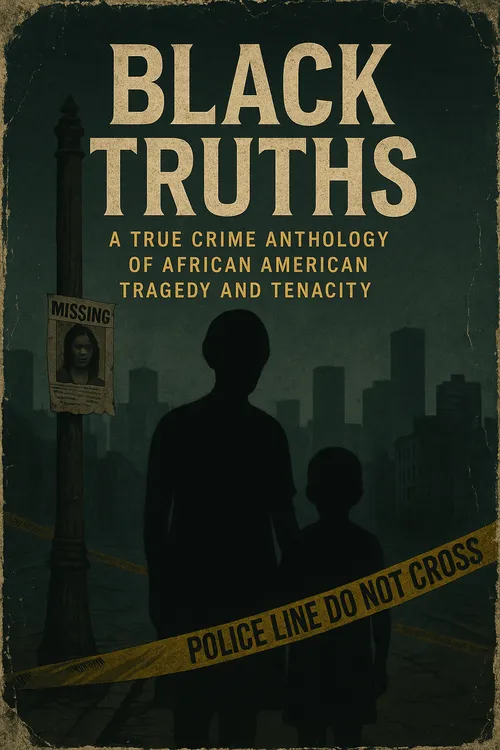








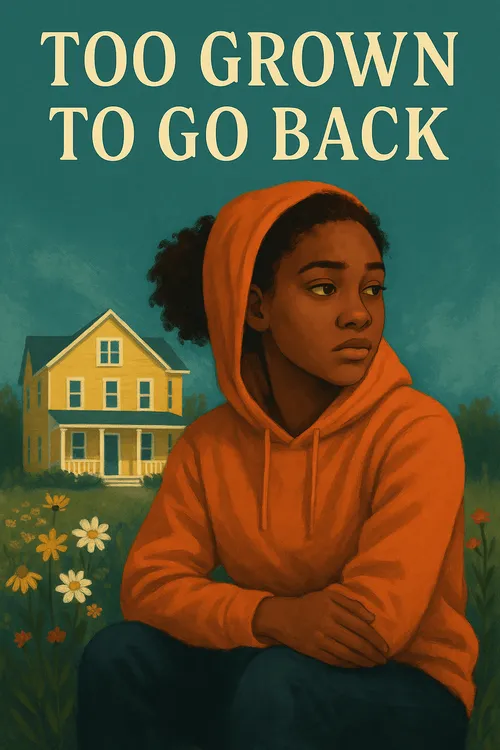

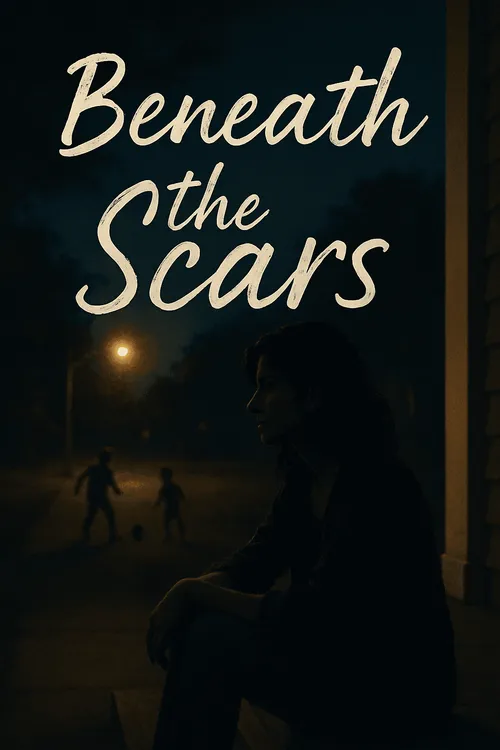




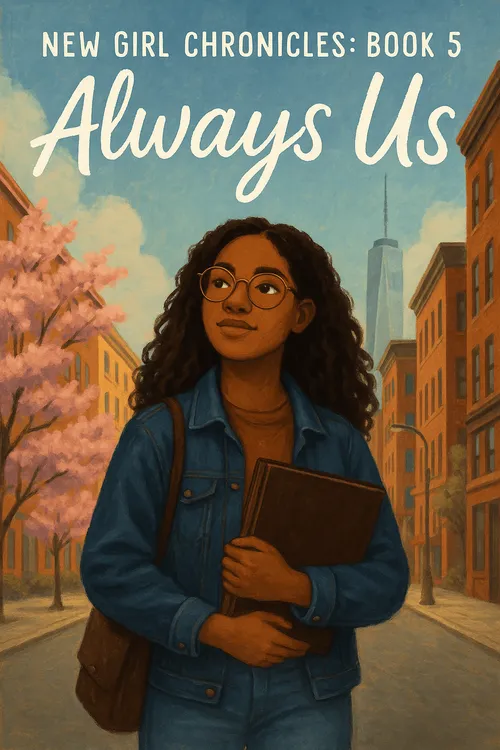

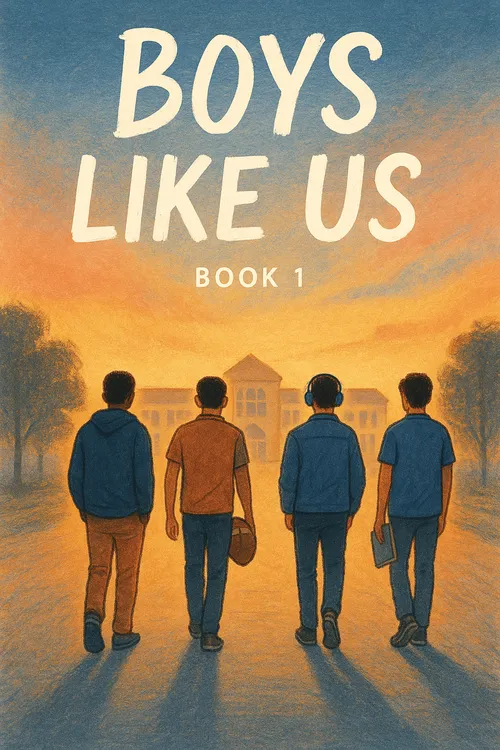
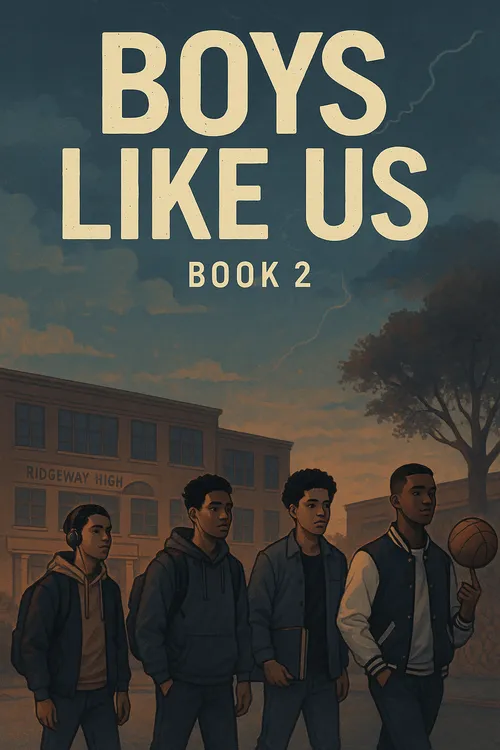
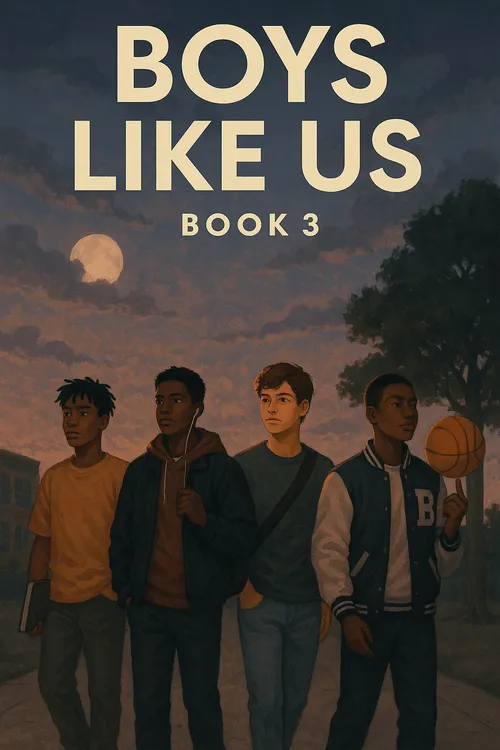
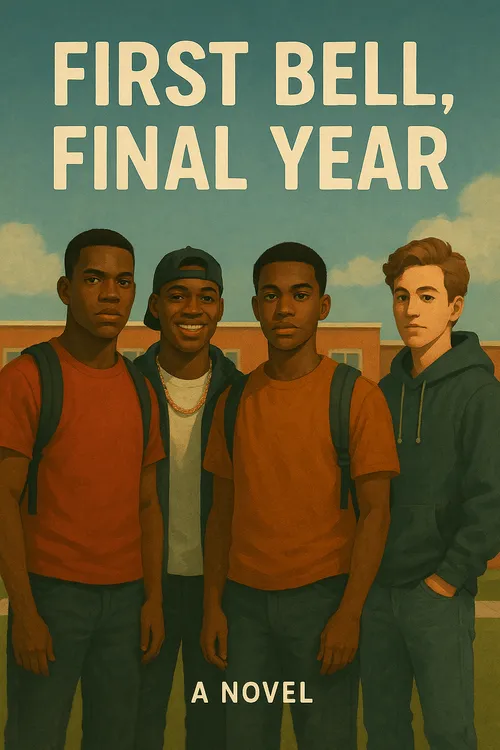
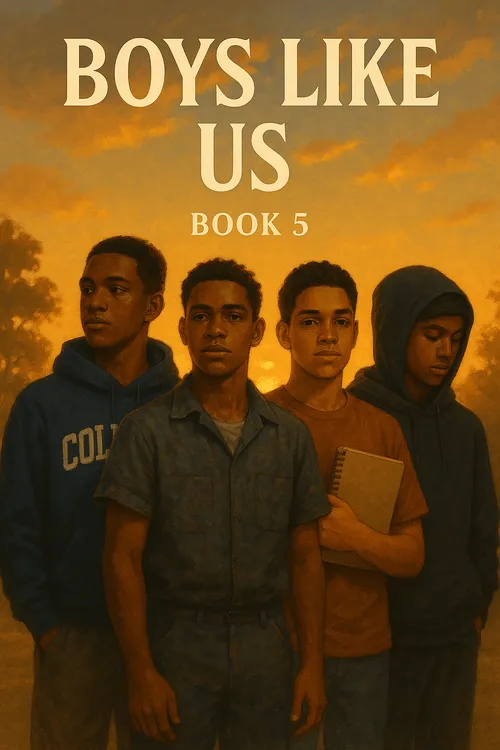
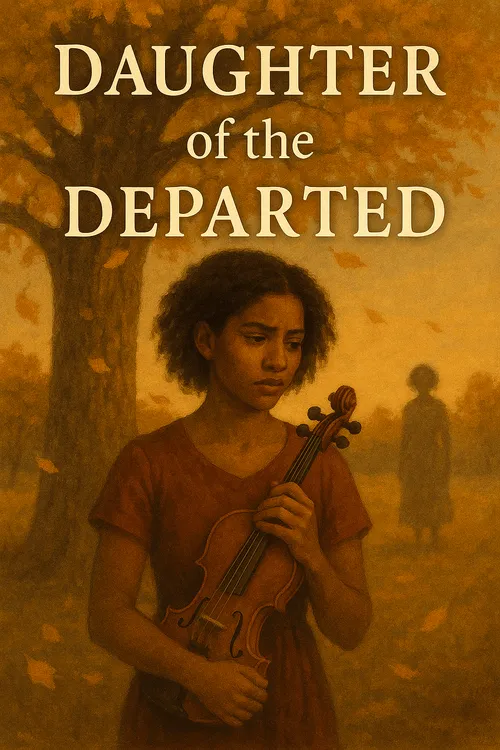
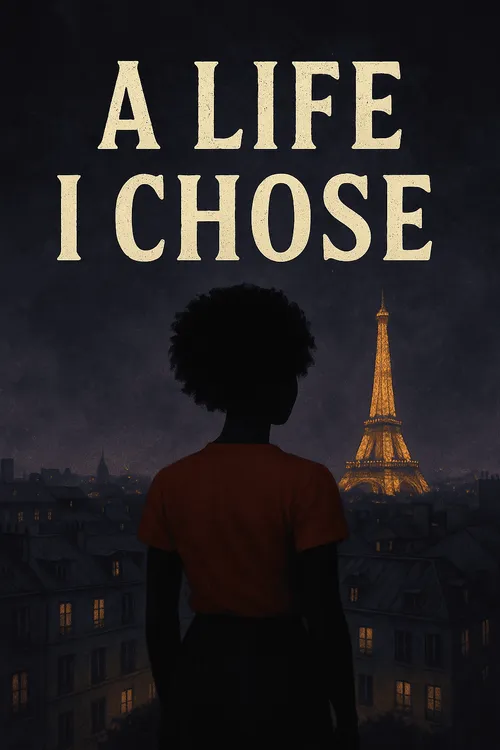
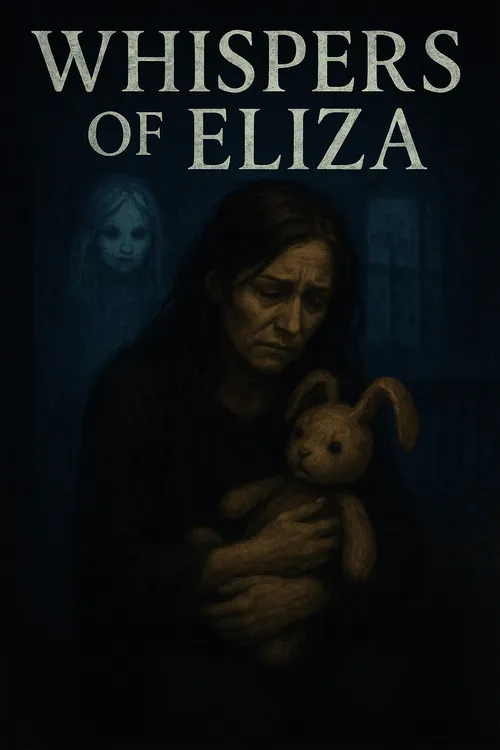


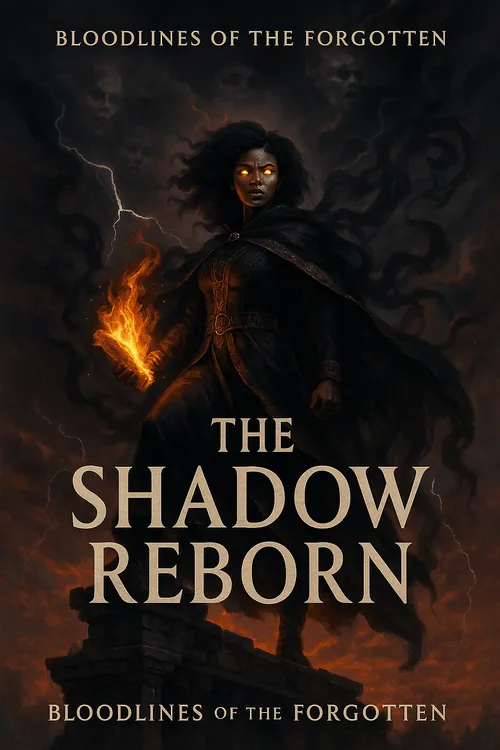
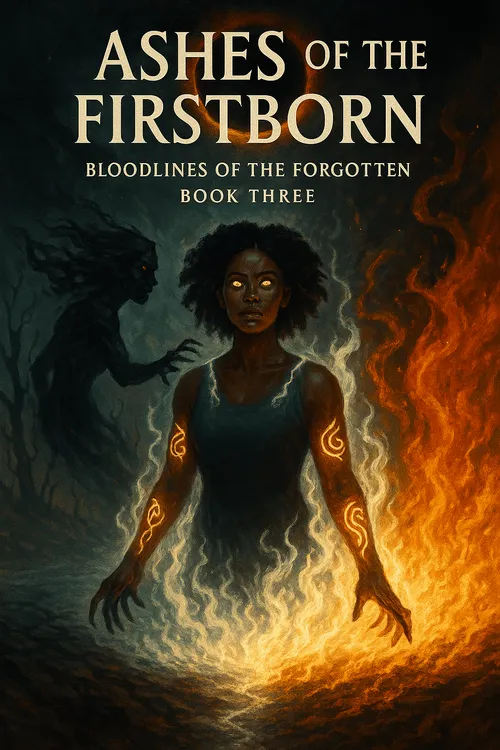

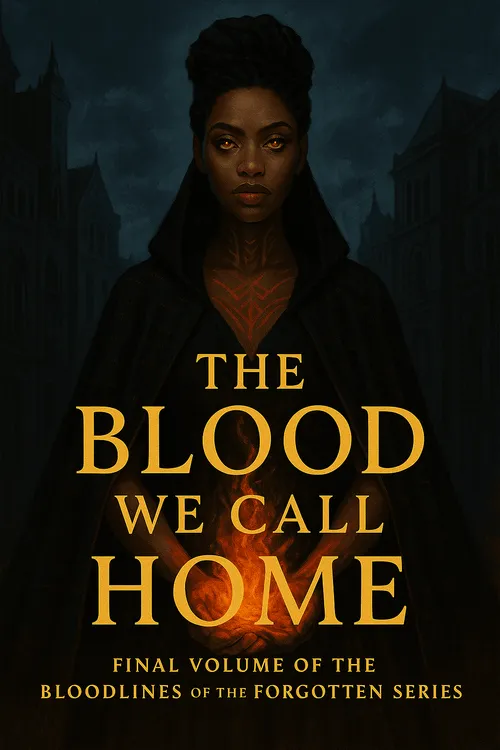


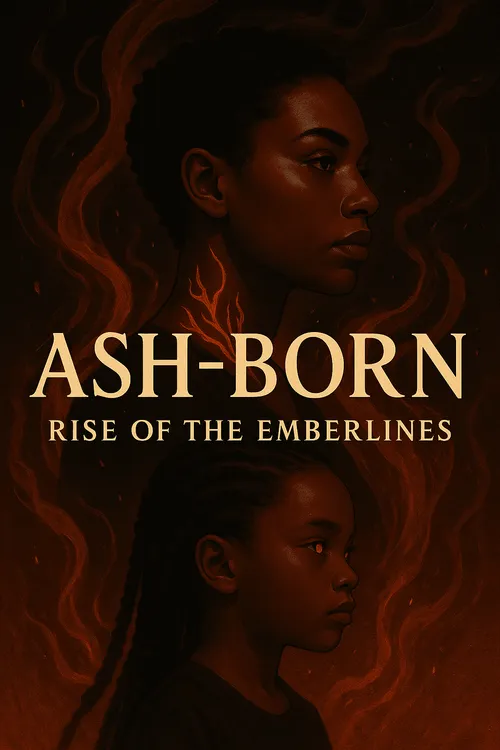


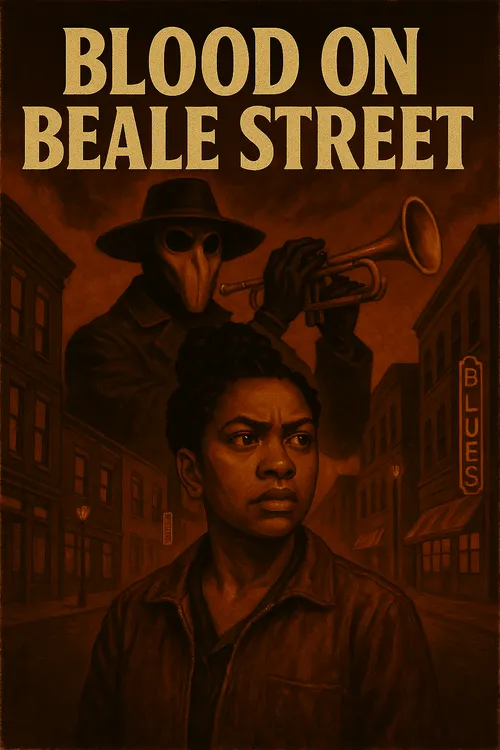
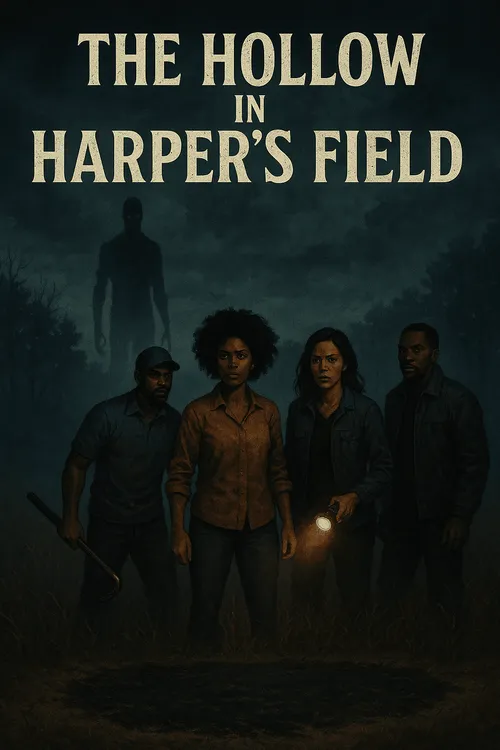




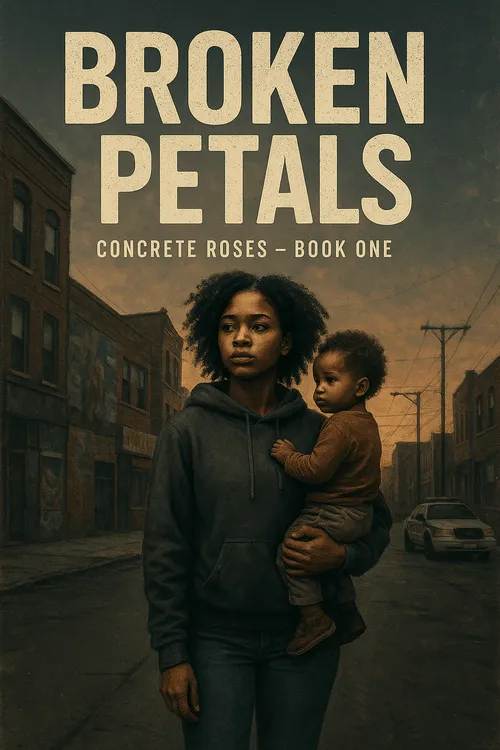
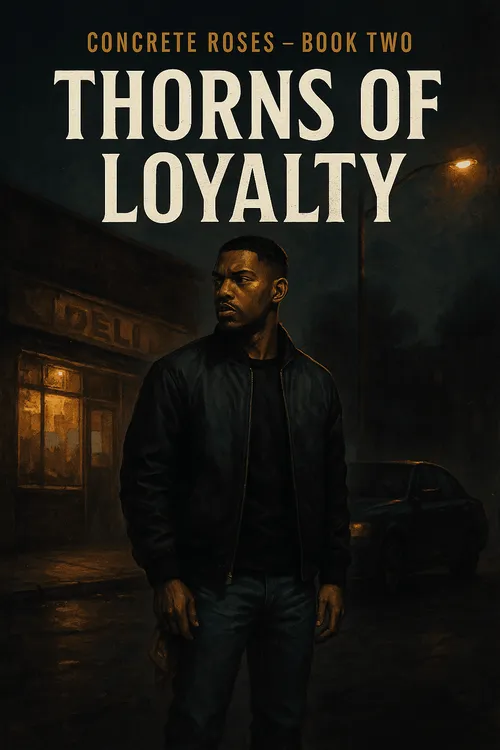
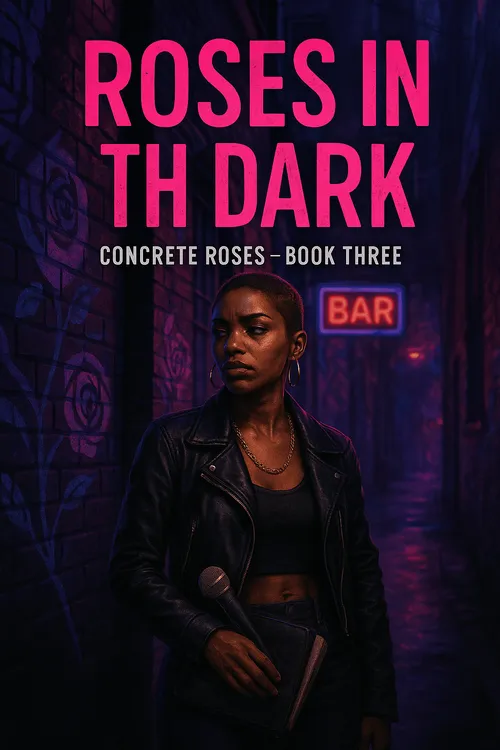
This story has not been rated yet. Login to review this story.